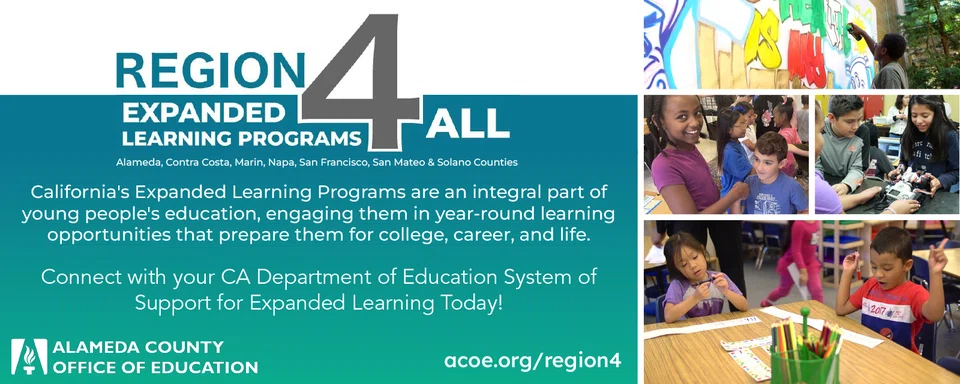

Why choose teacher residencies?
March 4, 2024
The following article was written by Conni Campbell, Ed.D, coordinator, Teacher Effectiveness and Preparation with San Diego COE, a Statewide Residency Technical Assistance Center (southern region).
Teacher and counselor residency has become well-known in California since 2018 legislation began authorizing millions of dollars for teacher preparation through the residency model. Residency is a preparation pathway collaboratively designed by school districts and university teacher preparation programs. The hallmark of residency programs is the authentic and thoughtful partnership between a school district and institutions of higher education (IHE) to recruit and retain educators who meet the needs of their community, where recruitment and retention activities include evidence of equity and justice, and where candidates earn a stipend and have income-producing opportunities while completing a year-long clinical practice experience alongside an expert mentor.
The goals of teacher and counselor residency are quite straightforward:
- To ensure aspiring teachers and school counselors have affordable, high-quality pathways and supports while they learn to teach.
- To support the instructional and staffing needs of local schools and districts.
These goals represent an equity-focused approach to increase the number of diverse individuals who seek educator preparation, and to prioritize retention strategies through high-quality, differentiated supports.
Ensuring that aspiring educators have affordable pathways to certification specifically targets educators who reflect the diversity of the students in that community. In fact, research confirms that lack of affordable pathways is a significant barrier to diverse candidates (Steiner, Elizabeth et al, 2022). In response, a residency pathway provides a living stipend during clinical practice, as well as opportunities to earn additional income at the school site.
High-quality support means that partners ensure every resident is paired with an expert mentor to provide targeted and individualized coaching in their year-long clinical experience. Additionally, residency programs commit to recruit for designated shortage fields and hire a diverse and talented workforce that reflects the instructional and staffing needs of the school district. In short, residency programs aim to remove the barriers to becoming an educator for individuals for whom the barriers seem the most steep. Multiple sources confirm that a diverse school staff has proven for decades to have a positive impact on student achievement and well-being (Carver-Thomas, 2018).
An additional priority of residency programs is the overall growth and development of the school staff where the residents will be working. This collective efficacy has resulted in entire school campuses realizing transformation in their teacher leadership and effectiveness, a long-term benefit to every student who learns at the school. Finally, the residents who spend a school year embedded in the mission and culture of the school community are prioritized for hire and agree to a four-year teaching commitment.
California’s investment in residency has offered multiple funding rounds each year through legislation in 2018 (AB 1808), 2021 (AB 131) and 2022 (AB 181). While the planning and implementation of residency programs are currently grant funded in California, districts and universities that want to sustain a steady flow of diverse and talented individuals to the workforce are analyzing regular and ongoing funding initiatives to support residency in the absence of grant funds.
The Learning Policy Institute is just one of many sources producing data showing that California’s teacher residency programs have been successful at - Preparing a significant and growing portion of new teachers in the state.
- Producing graduates who rate their programs as highly effective and as providing more intensive and supportive clinical experiences than other pathways.
- Helping to increase the diversity of California’s teacher workforce.
Just last year, additional support for starting and sustaining teacher and counselor residencies in California became a reality. As part of the 2022 State Budget, the Commission on Teacher Credentialing allocated a total of $20 million to establish a Statewide Residency Technical Assistance Center (SRTAC) to “[provide] expert advice and support to program leaders within local education agencies throughout California. SRTAC aims to uplift the education sector and ensure equitable opportunities for all teacher and school counselor candidates in residency programs.”
Santa Clara County Office of Education was awarded the SRTAC grant in collaboration with Humboldt, Sacramento, San Diego and Tulare County Offices of Education to establish regional hubs. These hubs are funded through 2029 to provide localized support and guidance to LEAs and IHEs across the state, such as one-on-one differentiated coaching, sharing resources, technical assistance on recruitment and retention strategies, communities of practice to encourage peer-to-peer support, and strategies to sustain and scale beyond the grant period. Locate your regional technical assistance hub at srtac.sccoe.org.
A core value of teacher preparation is ensuring that future members of the profession practice and master their craft before being fully credentialed. Perhaps the key features of residency not only uphold that core value, but also improve its impact while tackling the long-standing, unjust expectation of unpaid field-based practice. The residency heuristic could help promote a mindset shift in education so that aspiring teachers are no longer expected to work for free while learning to teach.



